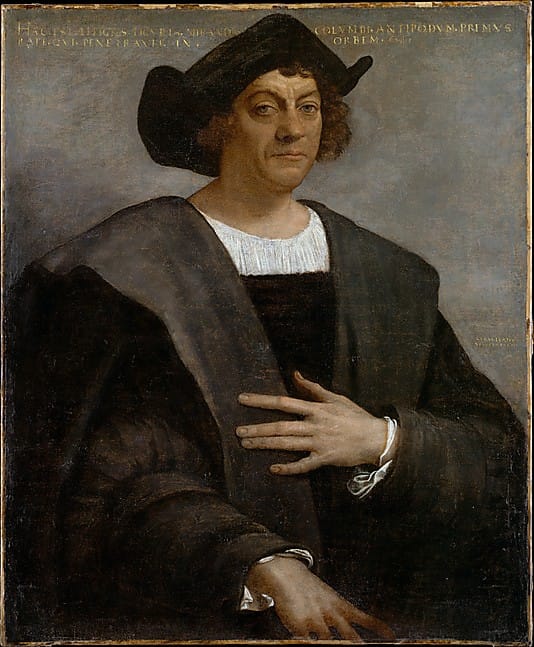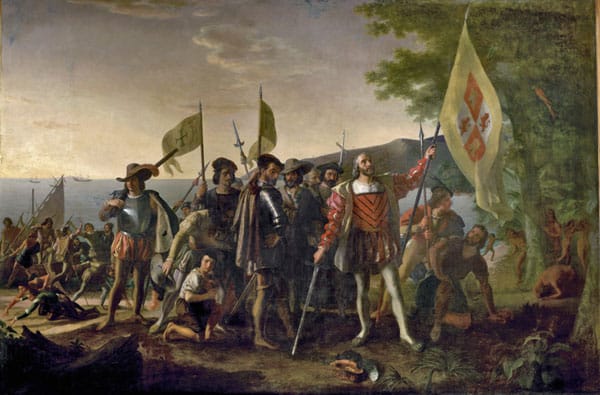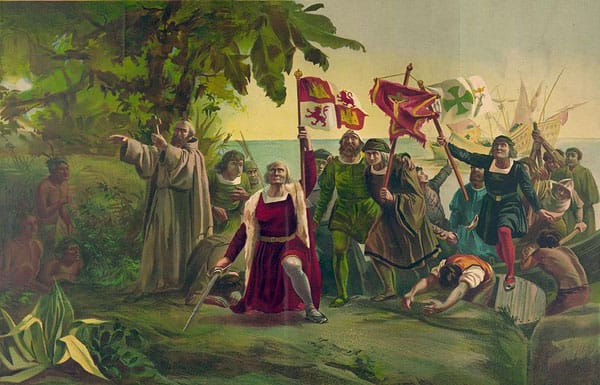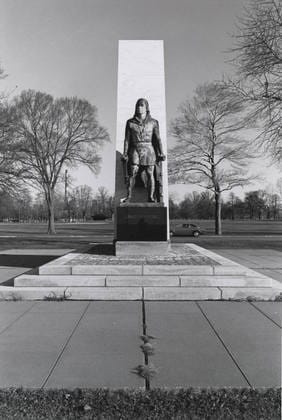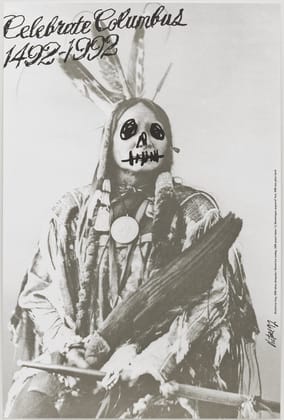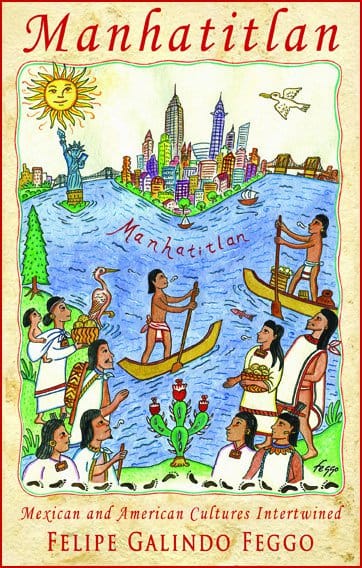The Many Views of Christopher Columbus
October 12, observed yesterday as a holiday, is most commonly known as Columbus Day in the United States, but is also recognized as Dia de la Raza throughout Latin America, as well as Indigenous People’s Day. Fraught with controversy, the various iterations of this holiday reflect the range of persp
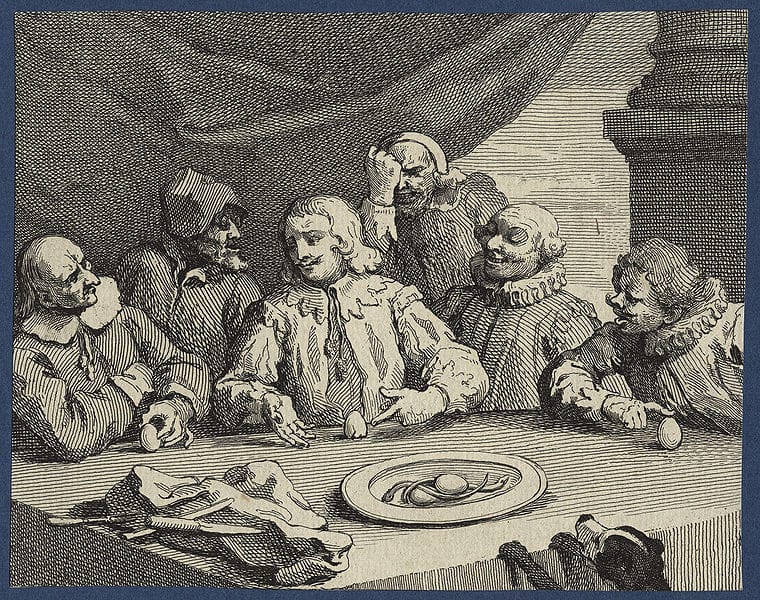
October 12, observed yesterday as a holiday, is most commonly known as Columbus Day in the United States, but is also recognized as Dia de la Raza throughout Latin America, as well as Indigenous People’s Day. Fraught with controversy, the various iterations of this holiday reflect the range of perspectives on Christopher Columbus and his legacies. The Columbus Day of my youth celebrates the heroic “discoverer” of the Americas, playing up mythical stories of his genius on insisting the world was round, and often neglecting the icky bits about the ensuing genocide of the indigenous peoples of the Americas.
Dia de la Raza, or Day of the Race, recognizes his 1492 arrival as the origin of Hispanic peoples in the Americas, the living results of European and indigenous offspring. Some criticize this celebration of what was for many a forced and unbalanced encounter, and others take it as recognition of ancestral roots, for better or for worse.
October 12, 1992, the 500th anniversary of Columbus’s arrival to the New World, marked the first Day of Solidarity with Indigenous People, as declared by a coalition of Native American groups in Northern California, in accordance with ideas discussed at First Continental Conference on 500 Years of Indian Resistance. Several states have since followed suit, getting rid of Columbus Day celebrations in favor of Indigenous People’s Day.
In recognition of this complex history, I present a brief exploration of depictions of Christopher Columbus and interpretations of his legacy in the Americas.
